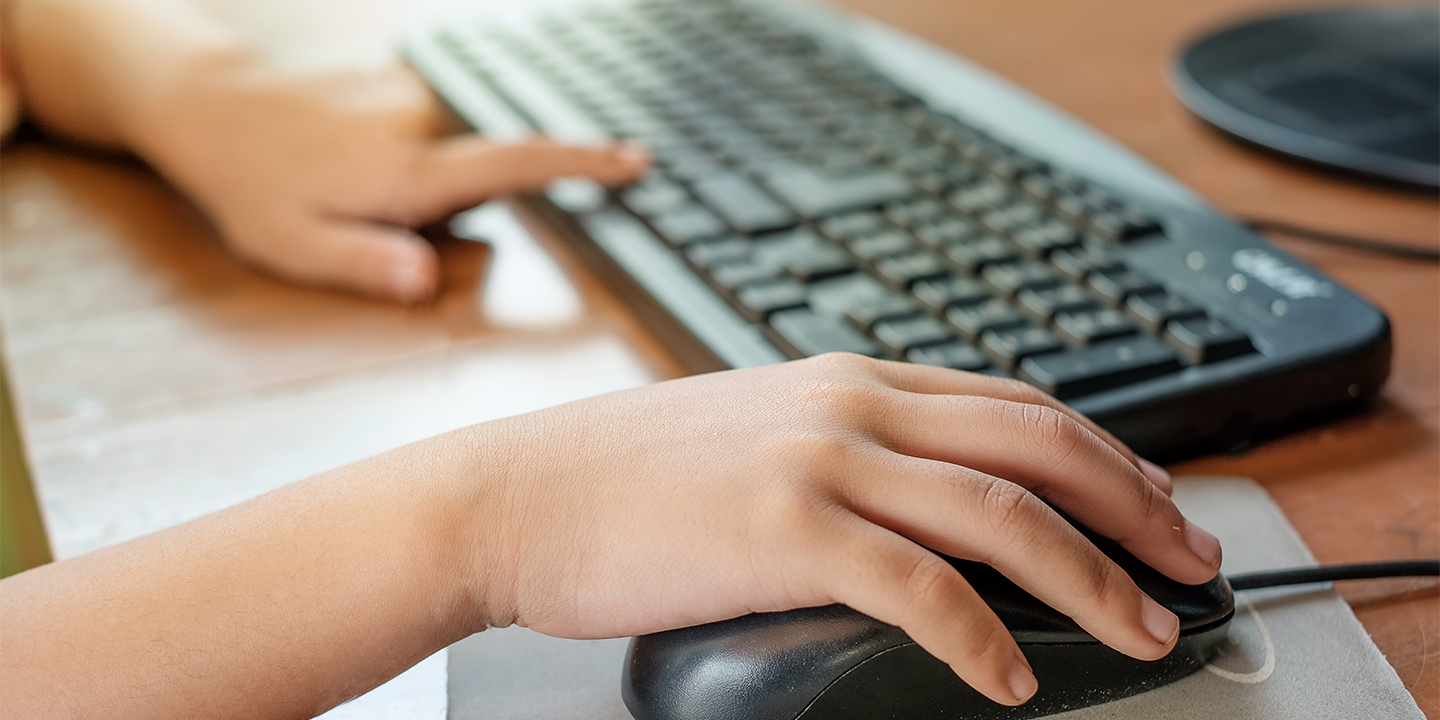
Wednesday, 18 Mar 2020
As governmental responses to the COVID-19 situation develop, schools face the prospect of moving towards online learning. Here, ACER’s Dr Anne-Marie Chase recommends resources and reading to help teachers prepare for the transition.
If Australian schools are closed in response to coronavirus, many teachers will be asked to teach online, perhaps for the first time in their careers. While there are many commonalities with face-to-face delivery, online teaching has some unique requirements.
ACER online course coordinator Dr Anne-Marie Chase says the immediate challenge most schools face in the sudden transition to online learning is not having an effective learning management system (LMS) already in place. A good LMS such as Moodle – the free open-source platform ACER uses to deliver its courses – allows you to administer, track and report on online lessons but, most importantly, to create an environment for learning.
While online teaching is quite different from face-to-face teaching, it’s the quality of the teaching that matters, just like in the classroom. Luckily there are lots of sources of support available to schools, as these articles explain.
KQED
One of our favourite sources of educational content on the web, KQED’s recently published guide to resources for remote teaching is a comprehensive but light-hearted introduction to some of the challenges and opportunities afforded by the new world order of online teaching.
UNESCO
By contrast, UNESCO’s list of tools and resources – from LMS options to digital content creation tools – to help schools facing closure make the move to online learning as seamless as possible is incredibly comprehensive.
International Baccalaureate Organization (IBO)
As an organisation supporting schools around the world in the delivery of primary and secondary IB programs, the IBO is well established in the online education space. This highly practical guide for schools was published this month in response to the COVID-19 emergency and gives a framework for, and real-life examples of, managing the transition to online learning – and back again – that includes:
- Developing an online learning plan
- Finding supportive communities, such as other schools facing closure, online
- Types of lesson content/activities that work well in online teaching
- Mobile learning strategies
- Potential equity issues.
The Conversation
This story by the UK’s Lancaster University is geared towards higher education but many of its tips are transferable, such as:
- Making content responsive; that is, suitable across devices, to suit student needs. Older students in particular are likely to access lessons on a phone, not a computer.
- Ensuring content is open access: doing the legwork early will ensure time isn’t wasted later in dealing with technical and licensing problems.
- Providing interactive assignments: you know interactivity works well in the classroom and online is no different, so take advantage of the opportunities that a greater reliance on technology affords.
Inside Higher Ed
Again, written by academics for the university sector but with a more practical focus on making the transition to temporary remote teaching, including some of the equipment you’ll need to get started.
State education departments
Each state and territory has published its own set of guidelines, advice and resources to help smooth the transition to remote learning. Very little information is state-specific so it’s worth a trawl through as many as you have time for.
- ACT Department of Education: Resources for Students and Families and Resources for Teachers
- NSW Department of Education: Learning from home
- Northern Territory Department of Education: Learning together
- Queensland Department of Education: Learning@home
- South Australia Department for Education: COVID-19 update
- Tasmanian Department of Education: Learning at home
- Victorian Department of Education and Training: For parents and carers and For schools and teachers
- Western Australia Department of Education: Learning at home ■
